
Choosing the Right Lubricant for Audio Equipment Repairs
Lubrication of Cassette Deck Mechanisms Cassette decks, personal cassette players, and boomboxes use delicate and complex mechanisms with many moving parts such as levers, gears,

Lubrication of Cassette Deck Mechanisms Cassette decks, personal cassette players, and boomboxes use delicate and complex mechanisms with many moving parts such as levers, gears,
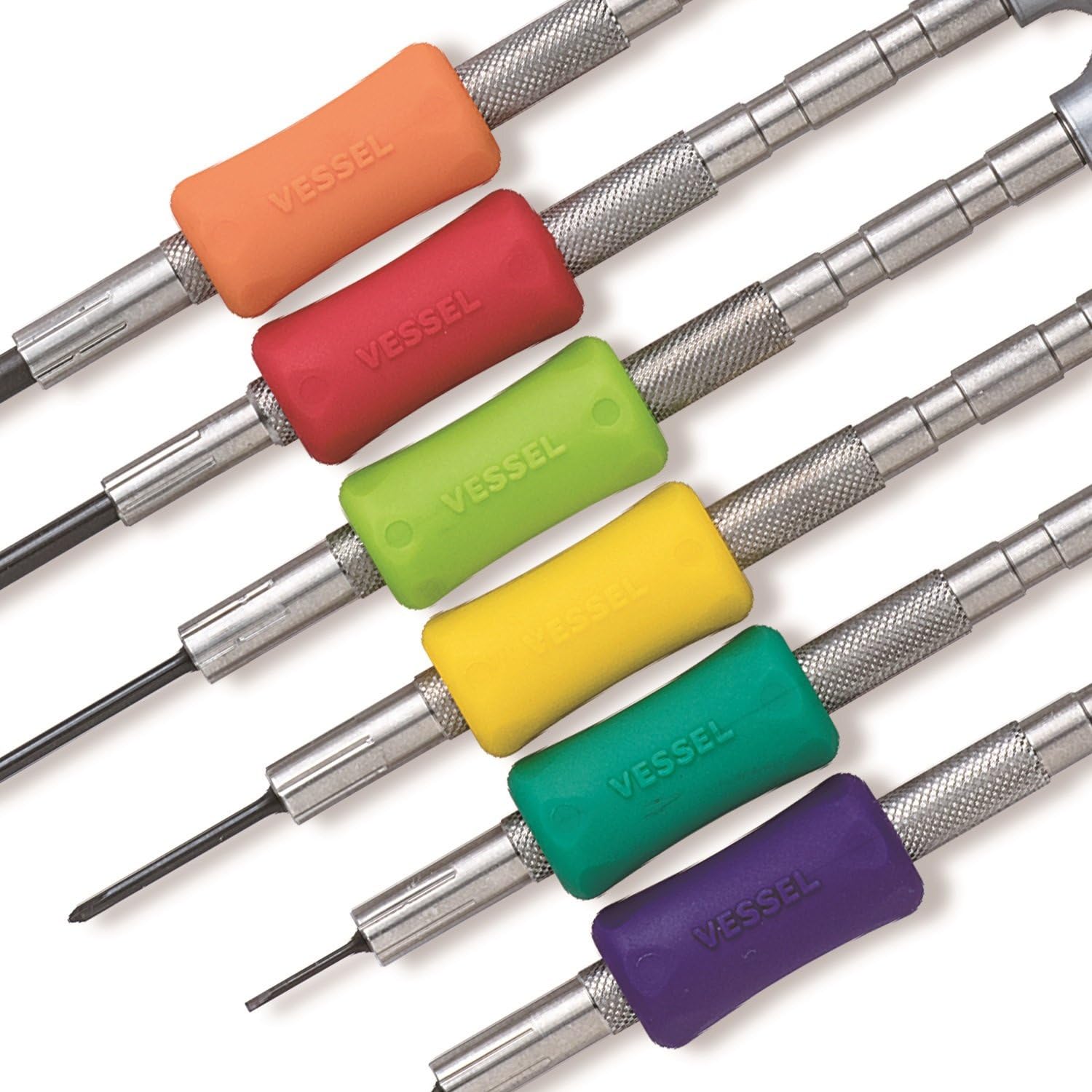
Screwdrivers are inexpensive tools, yet they are absolutely essential for any type of repair work. In this article, we will guide you in selecting the

As we take another exciting step forward with the launch of our new e-shop website, we would like to take a moment to express
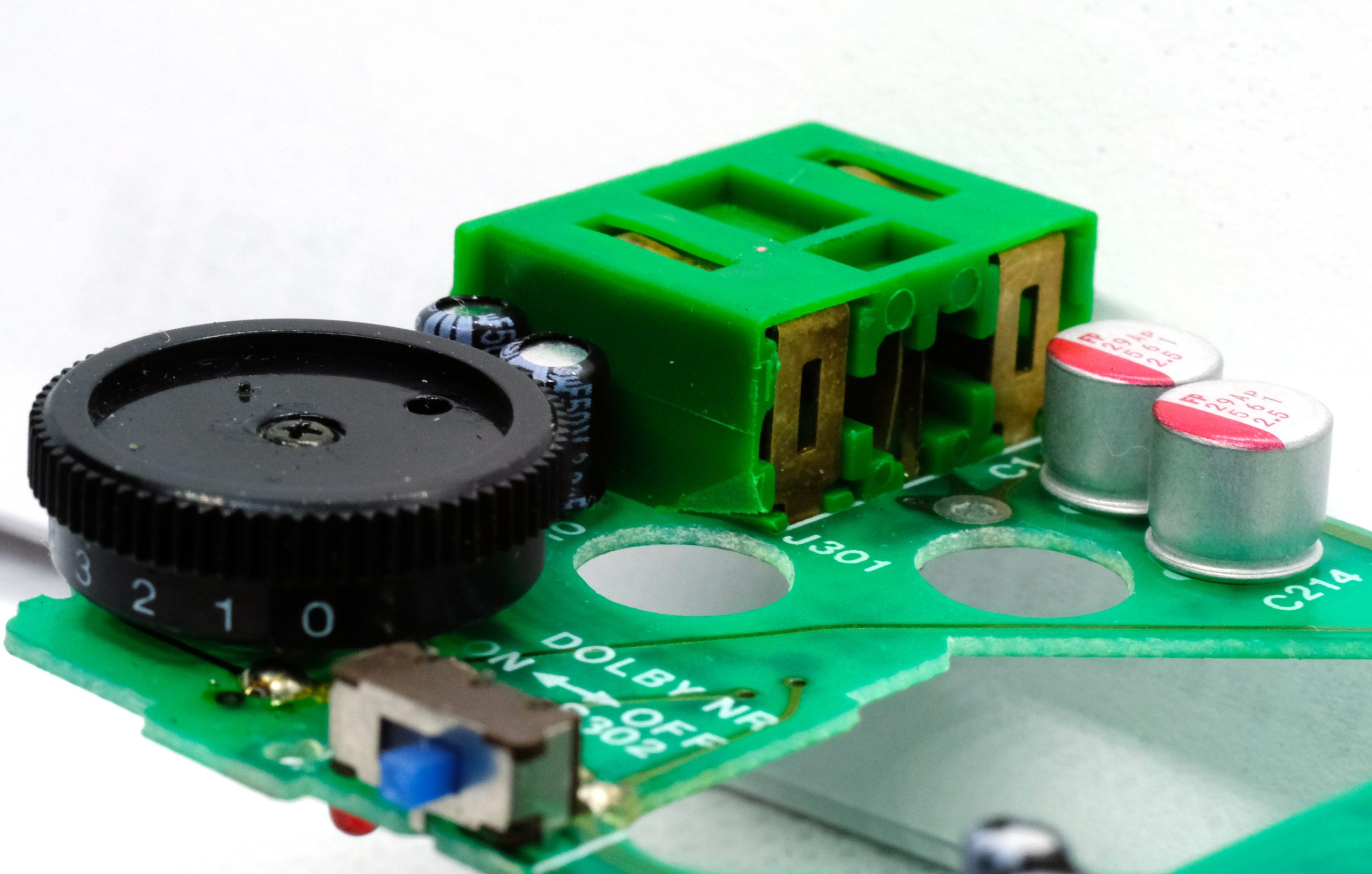
Without doubts, Sony DD series walkmans are the most popular of all personal cassette players. This popularity is not only build quality but also because
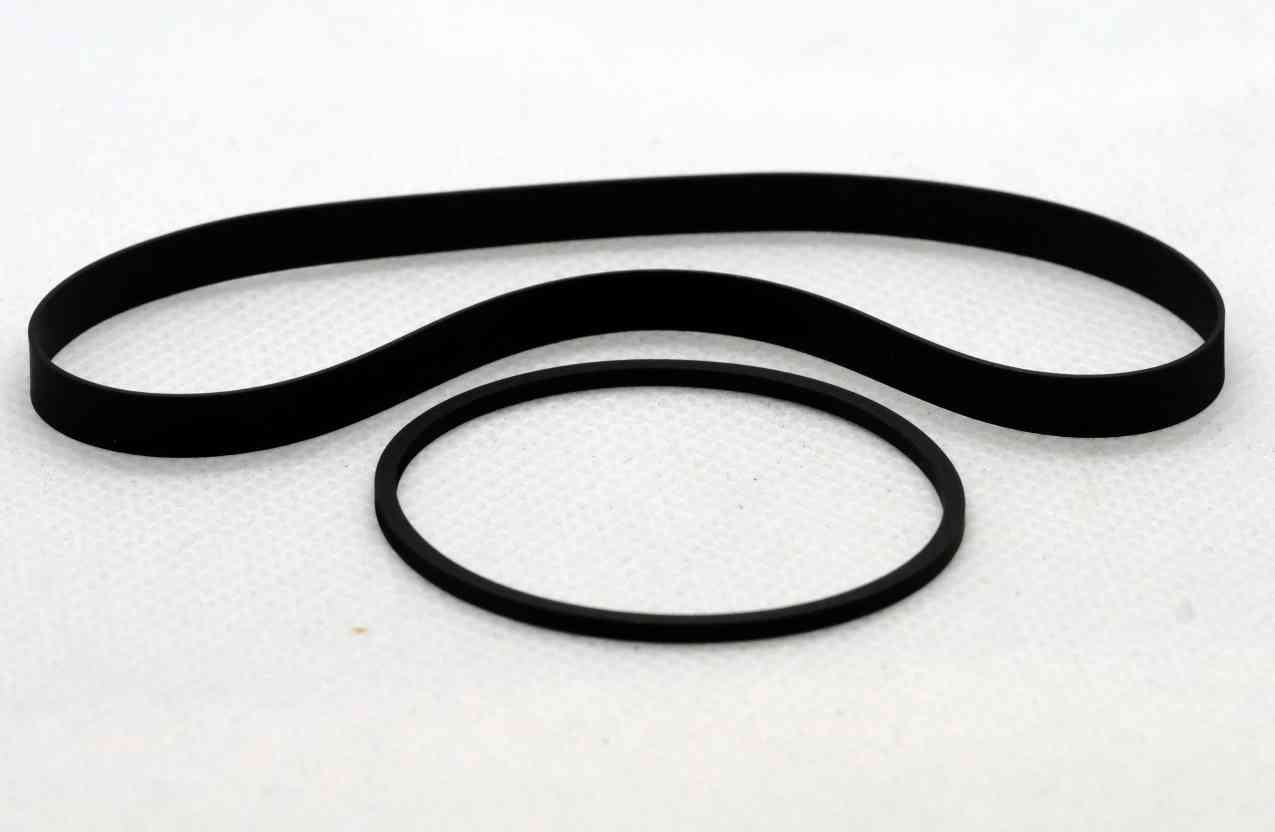
Belt is critical component of every cassette player. That’s why choosing correct belt for your cassette device is very important. Belts can be used on
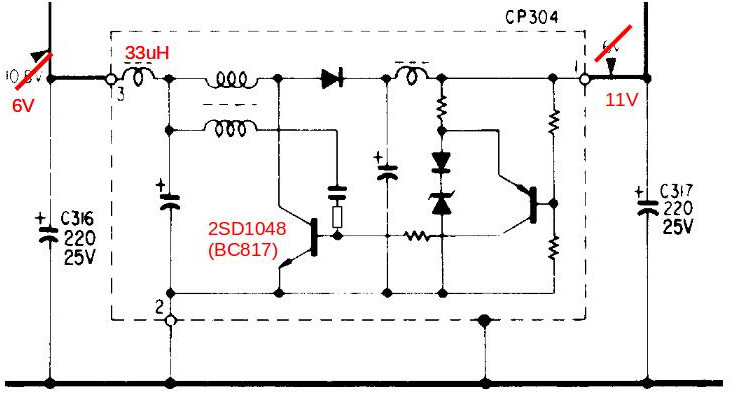
For many of us it is very famous problem. Reversed DC polarity and … There were many discussions on this topic. Here I would like to
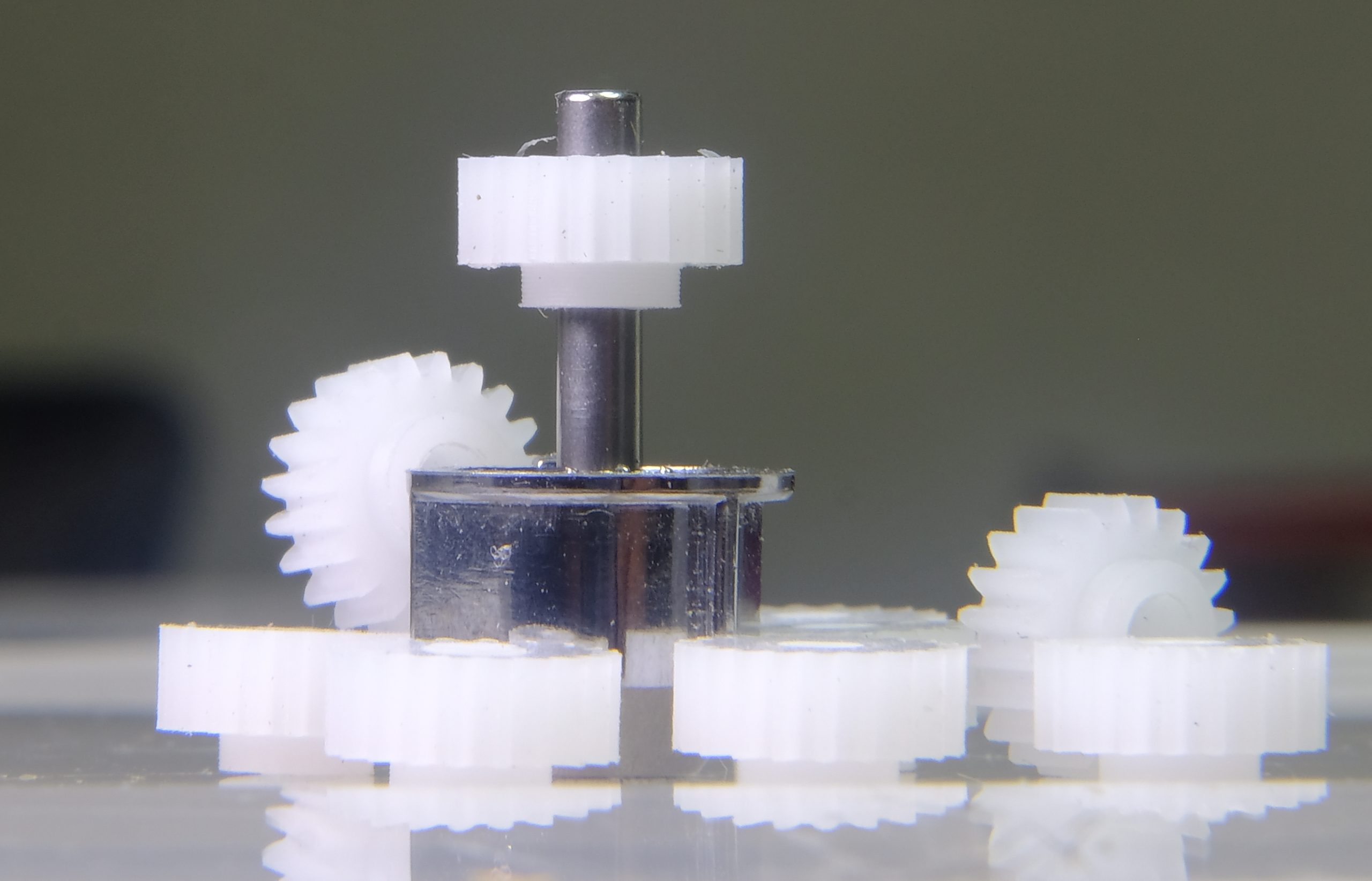
Hi. I would like to post my experiences regarding typical problems with tape speed variations. I have fixed about 200 walkmans from Sony, Panasonic and
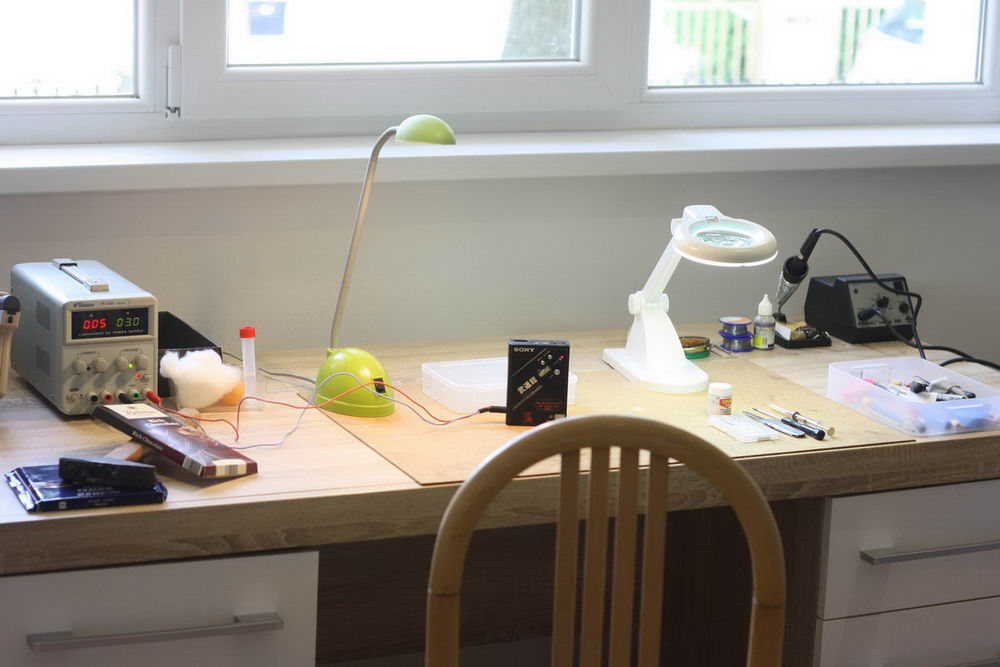
Sony DD series (direct drive) walkmans are very popular among portable cassette players because of their high quality construction, excellent fully analog sound quality –
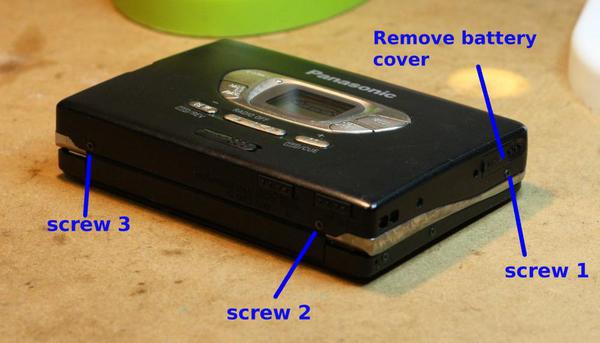
Dear all walkman fans, from time to time I read here in various posts, how difficult it is to fix those small ultra narrow walkmans